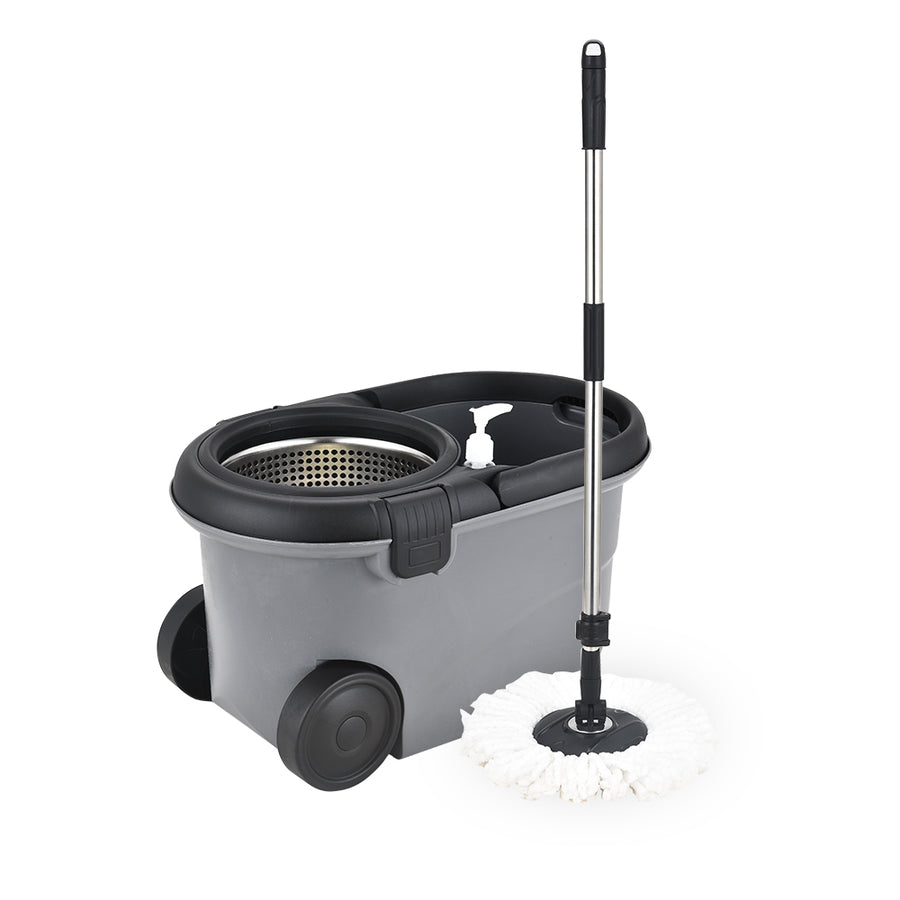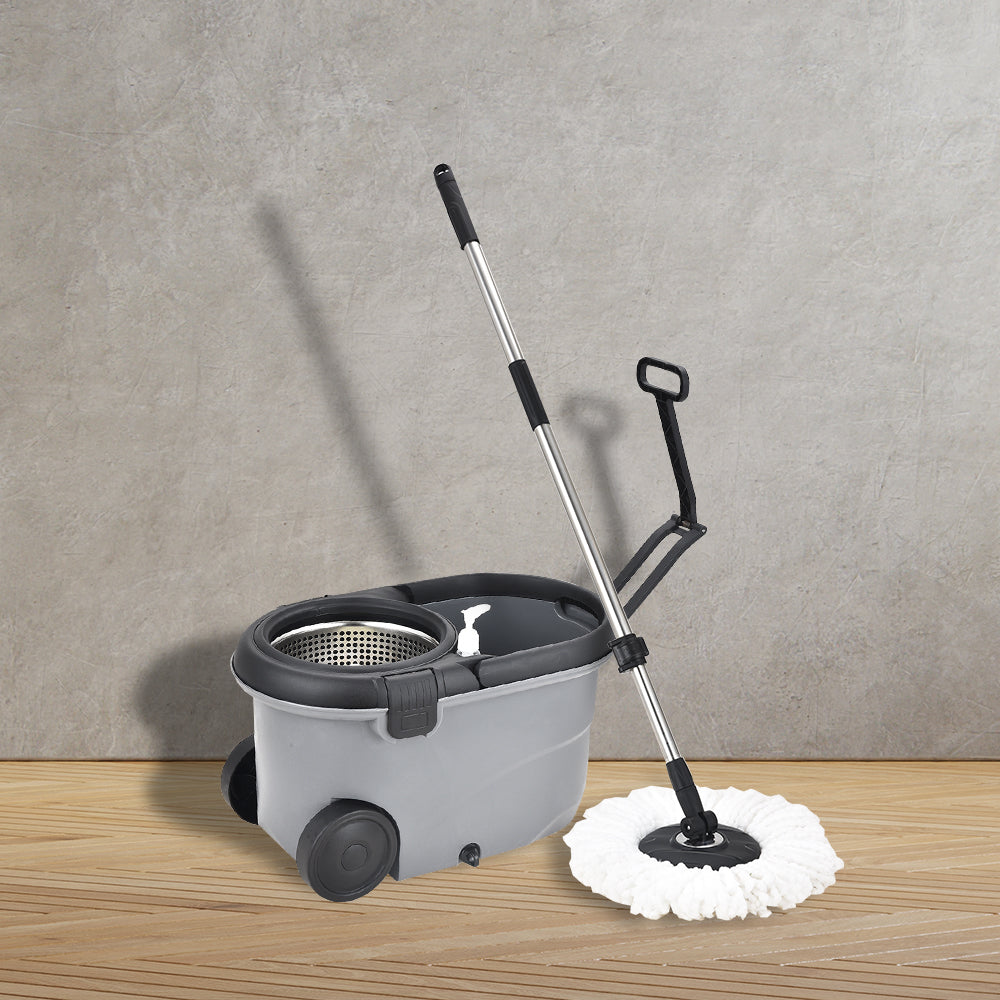Water Pitchers: The Difference Between Glass, Steel, Plastic and Bamboo
Unlocking the Secrets of Water Pitcher Materials: A Comprehensive Guide
Water pitchers transcend mere vessels for hydration; they are functional and stylish companions in our daily lives. Selecting the perfect water pitcher involves considering the material, a factor that significantly influences both performance and durability.
In this in-depth exploration, we will navigate the diverse world of water pitcher materials, dissecting the pros and cons of various types. Our goal is to empower you with knowledge, aiding you in making an informed decision about the ideal water pitcher that suits your unique needs.
Whether you're captivated by the timeless elegance of glass, enticed by the modern allure of stainless steel, inclined towards the eco-conscious charm of bamboo, or prefer the versatility of plastic, understanding the distinctive attributes of each material is key. By doing so, you'll not only quench your thirst in style but also ensure that your hydration companion aligns seamlessly with your lifestyle.
Join us on this enlightening journey as we delve into the realm of water pitcher materials, helping you discover the perfect hydration companion for your home. Trust us to guide you through this process with expertise and reliability.
Chapter 1: The Timeless Elegance and Practicality of Glass Water Pitchers
1.1 Advantages of Glass Water Pitchers
Elegance and Transparency: Glass water pitchers are synonymous with timeless elegance, effortlessly enhancing the visual appeal of any table setting. Their transparent nature allows you to showcase beautifully infused water, creating a captivating and aesthetically pleasing display.
No Retention of Flavors: One of the key benefits of glass is its inability to retain flavors, ensuring that your water remains pure and uncontaminated. This makes glass water pitchers ideal for those who enjoy experimenting with various infusions.
Easy Cleaning: Glass, being non-porous, facilitates easy cleaning and helps maintain its pristine appearance over time.
1.2 Considerations for Glass Water Pitchers
Fragility:
While glass water pitchers exude sophistication, they are more susceptible to breakage or chipping if mishandled or dropped. Careful handling and proper storage are essential to prevent any accidents.
Weight:
It's important to note that glass pitchers tend to be heavier than those made from alternative materials. This may be a consideration, especially for individuals with mobility issues or those who prefer lighter options.
Chapter 2: Unveiling the Contemporary Charm of Stainless Steel Water Pitchers
2.1 Advantages of Stainless Steel Water Pitchers
Durability Beyond Compare:
Stainless steel water pitchers emerge as stalwart companions, exhibiting unparalleled resistance to rust, corrosion, and impact. This durability ensures they stand the test of time, becoming reliable fixtures for all your hydration needs.
Insulation Excellence:
Harnessing the exceptional insulating properties of stainless steel, these pitchers keep your beverages refreshingly cold for extended periods. Ideal for sweltering summer days or outdoor gatherings, they guarantee a chilled sip whenever you desire.
Featherlight Portability:
Contrary to their robust build, stainless steel pitchers boast surprising lightweight attributes. This not only ensures effortless handling but also facilitates seamless portability, enhancing their versatility in various settings.
2.2 Considerations for Stainless Steel Water Pitchers
Temperature Dynamics:
While stainless steel pitchers excel in maintaining beverage temperatures, it's crucial to note their conductivity. They may become hot or cold to the touch, prompting the recommendation of handles or protective sleeves, especially when pouring steaming hot or icy cold beverages.
Wear and Tear:
The overall ease of cleaning notwithstanding, stainless steel may exhibit smudges or minor scratches over time. These aesthetic considerations should be weighed against the material's other merits when choosing your perfect water pitcher.
Chapter 3: Embracing Sustainability with Bamboo Water Pitchers
3.1 Advantages of Bamboo Water Pitchers
Environmentally Friendly:
Bamboo stands as a renewable and sustainable resource, making bamboo water pitchers an ideal choice for those committed to environmental conservation.
Aesthetically Pleasing:
The natural texture and warm hues of bamboo lend a rustic and enchanting ambiance to any table setting, transforming meals and gatherings into visually appealing experiences.
Lightweight and Portable:
Bamboo water pitchers, being lightweight, offer convenience in handling and pouring, especially well-suited for outdoor events or picnics.
3.2 Considerations for Bamboo Water Pitchers
Durability:
While bamboo possesses durability, it may not match the longevity of materials such as glass or stainless steel. Ensuring proper care and maintenance is crucial to extend its lifespan.
Porous Nature:
Bamboo's inherent porosity necessitates coating with a food-safe varnish to prevent water absorption and mitigate the risk of bacterial growth. This step is vital for maintaining both the pitcher's functionality and hygiene.
Chapter 4: Versatility and Cost-Effectiveness of Plastic Water Pitchers
4.1 Pros of Plastic Water Pitchers
Versatility:
Plastic water pitchers come in various shapes, sizes, and designs, offering a wide range of choices to suit individual preferences.
Lightweight and Impact-Resistant:
Plastic pitchers are lightweight and less likely to break or shatter, making them suitable for households with children or for outdoor use.
Cost-Effective:
Plastic pitchers are generally more budget-friendly than glass or stainless steel options, making them an accessible choice for many.
4.2 Cons of Plastic Water Pitchers
Retention of Flavours and Odours:
Plastic pitchers may retain flavours and odours from previous infusions or beverages, requiring thorough cleaning and maintenance.
Environmental Concerns:
Some plastic pitchers may not be as eco-friendly as other materials, contributing to plastic waste and environmental pollution.
Choosing Your Perfect Water Pitcher
Selecting the ideal water pitcher is more than a matter of convenience; it's about aligning your choice with your lifestyle and values. Glass pitchers offer timeless elegance, stainless steel provides modern durability, bamboo brings an eco-conscious charm, and plastic ensures versatility on a budget.
Understanding the nuances of each material empowers you to make an informed choice. Whether you prioritise style, durability, sustainability, or affordability, there's a water pitcher tailored to meet your needs. Elevate your hydration experience and embrace a refreshed, stylish, and eco-conscious lifestyle. Cheers to making choices that resonate with you!
If you want to take a look at some of our selection, take a look at our Lustroware water pitchers selection that we have at Modern Home and may you find the best water pitcher.



![17 Best Air Fryers In Singapore [2024]](http://modernhome.sg/cdn/shop/articles/15_Best_Air_Fryers_In_Singapore_2024_1.png?v=1731315845&width=1080)
![15 Best Ironing Boards In Singapore [2024]](http://modernhome.sg/cdn/shop/articles/15_Best_Ironing_Boards_In_Singapore_2024.webp?v=1723452792&width=1080)
![15 Best Drying Racks In Singapore [2024]](http://modernhome.sg/cdn/shop/articles/15_Best_Drying_Racks_In_Singapore_2024.webp?v=1723452802&width=1080)